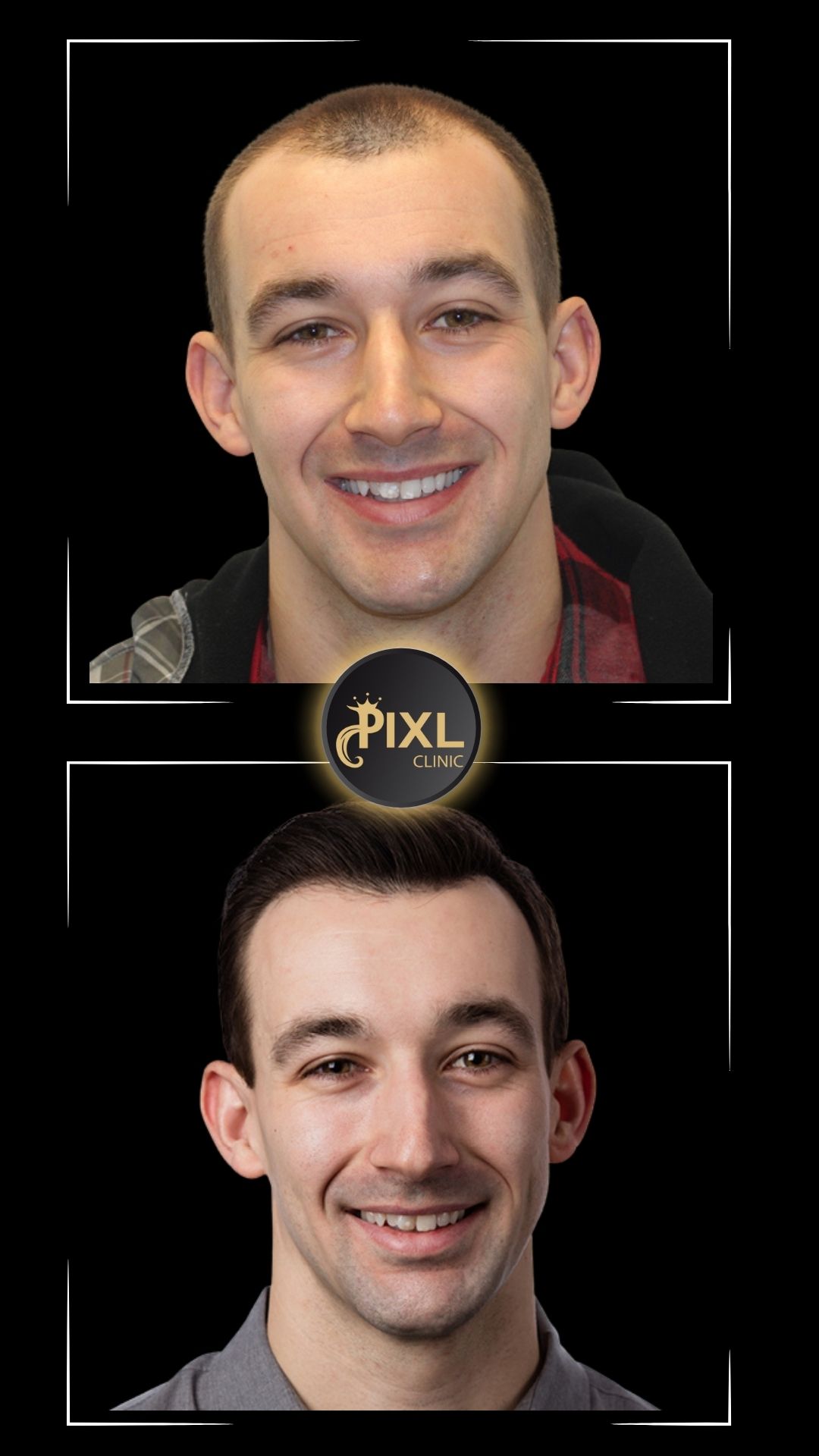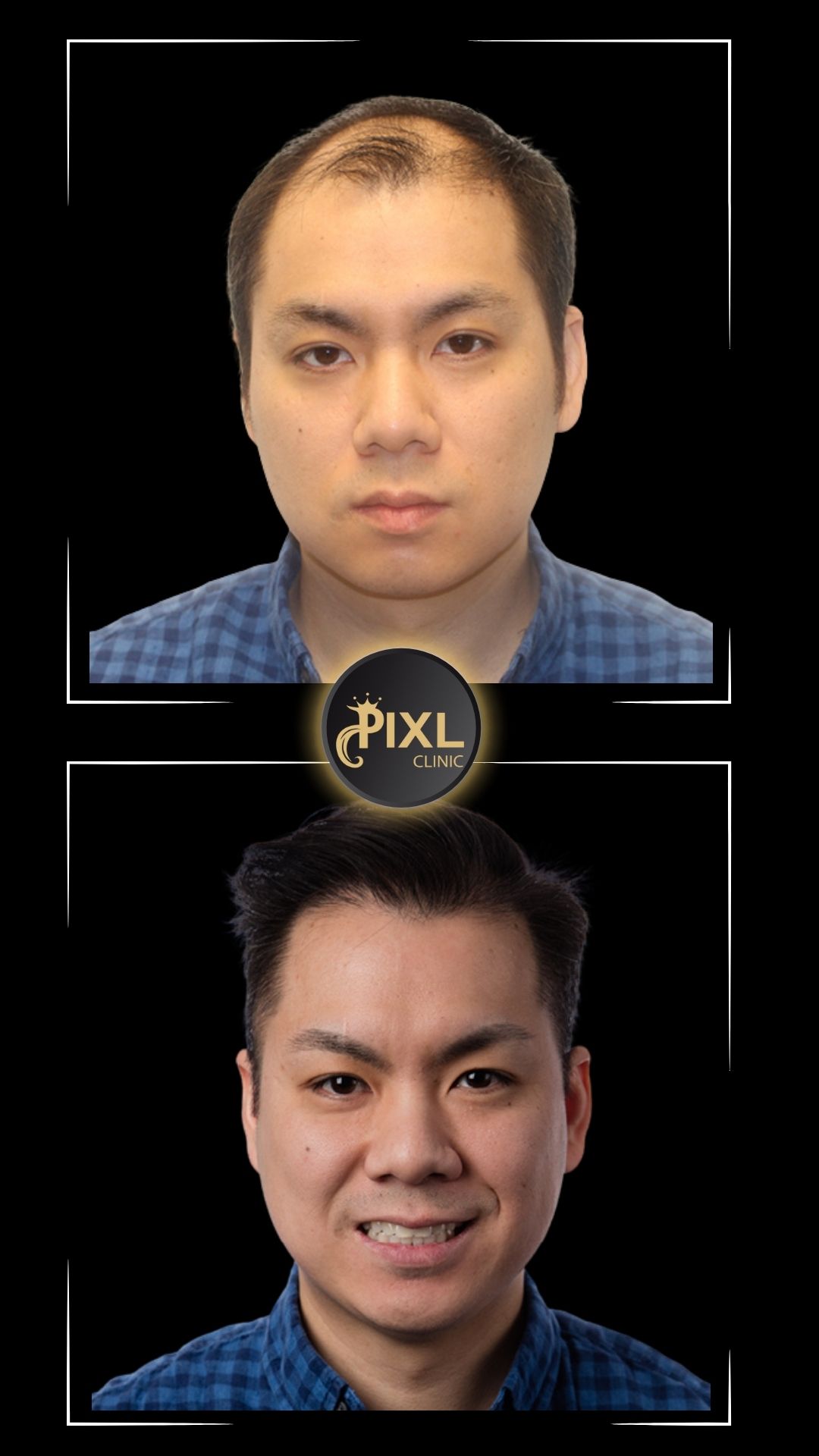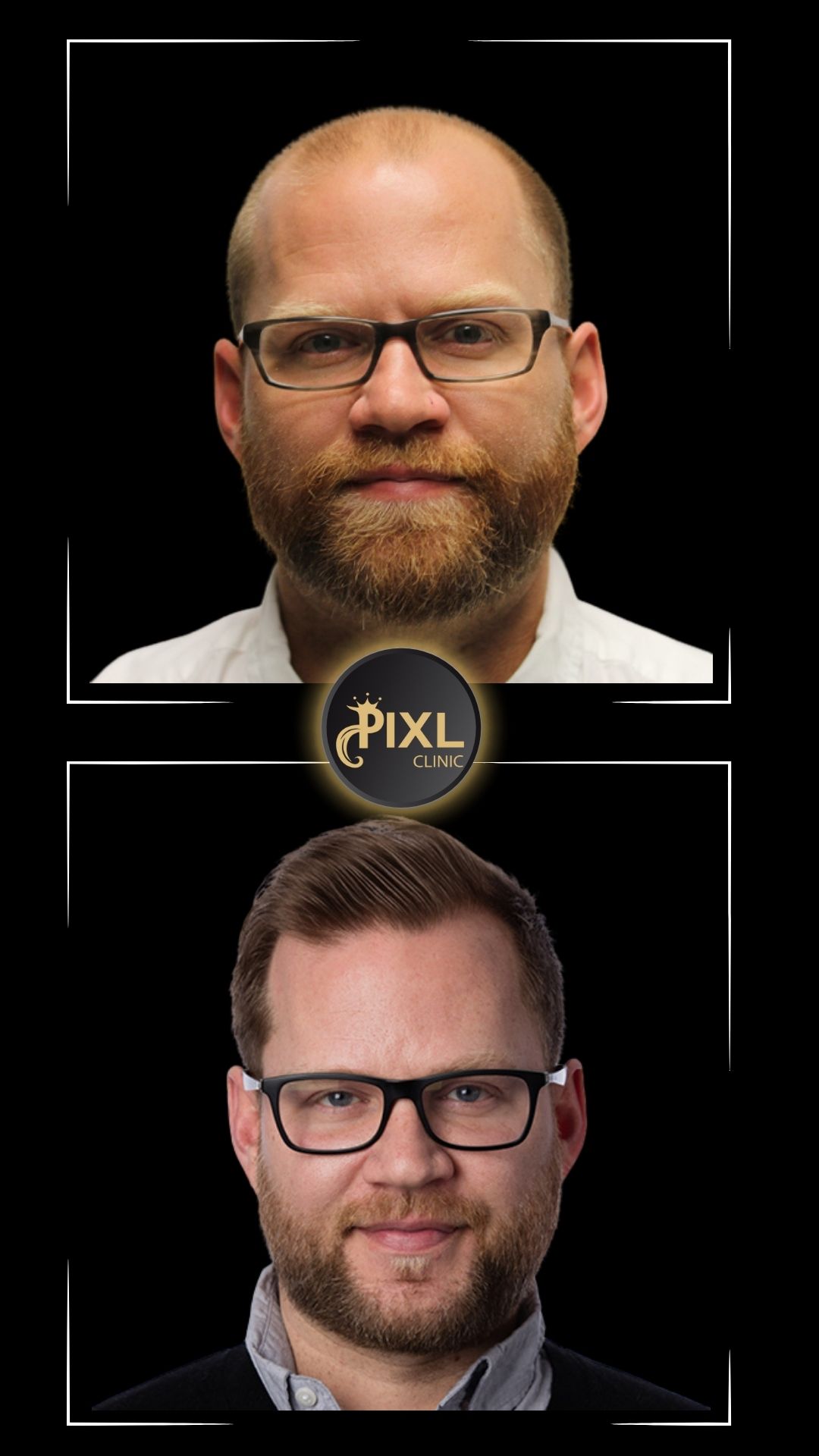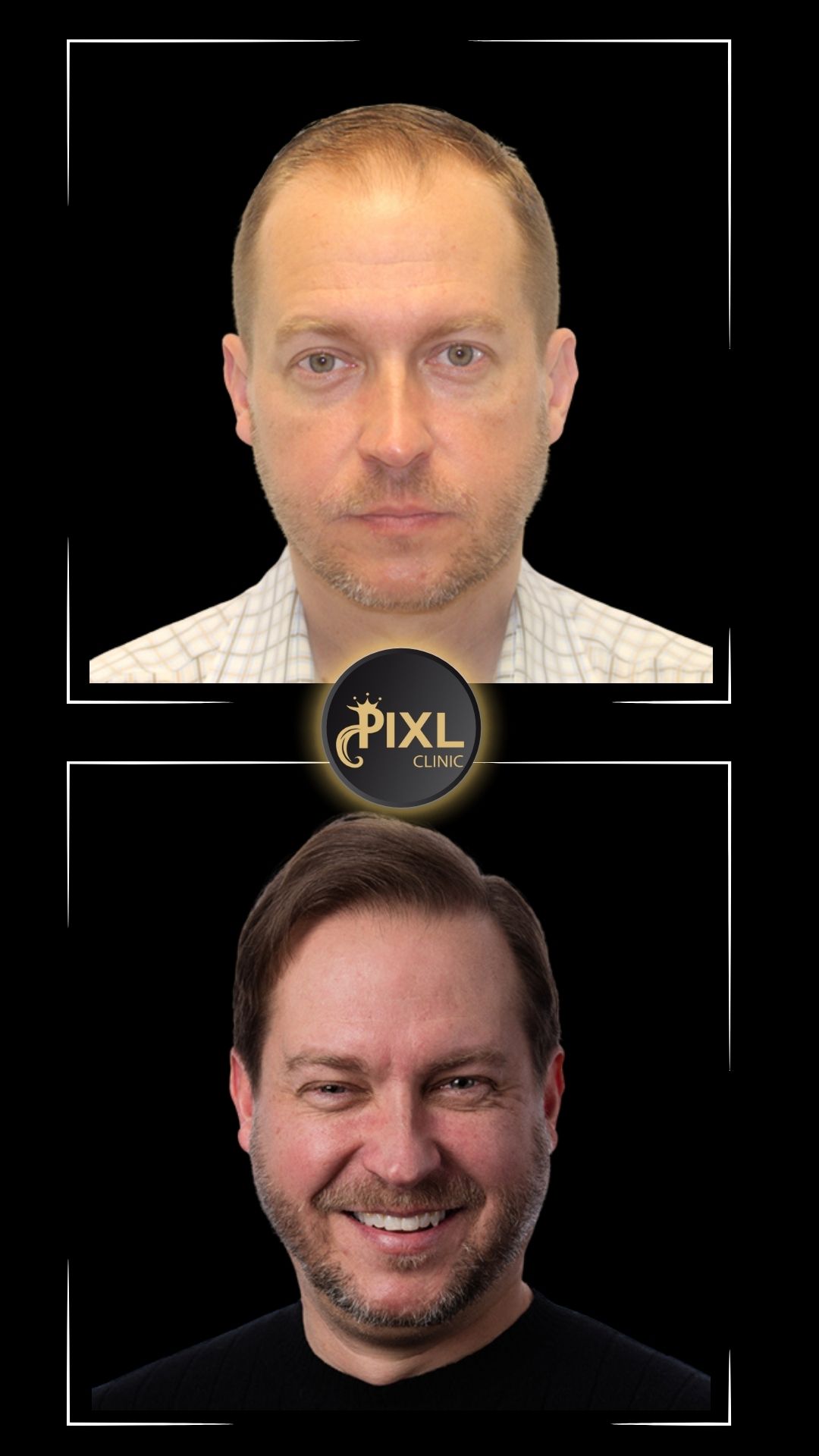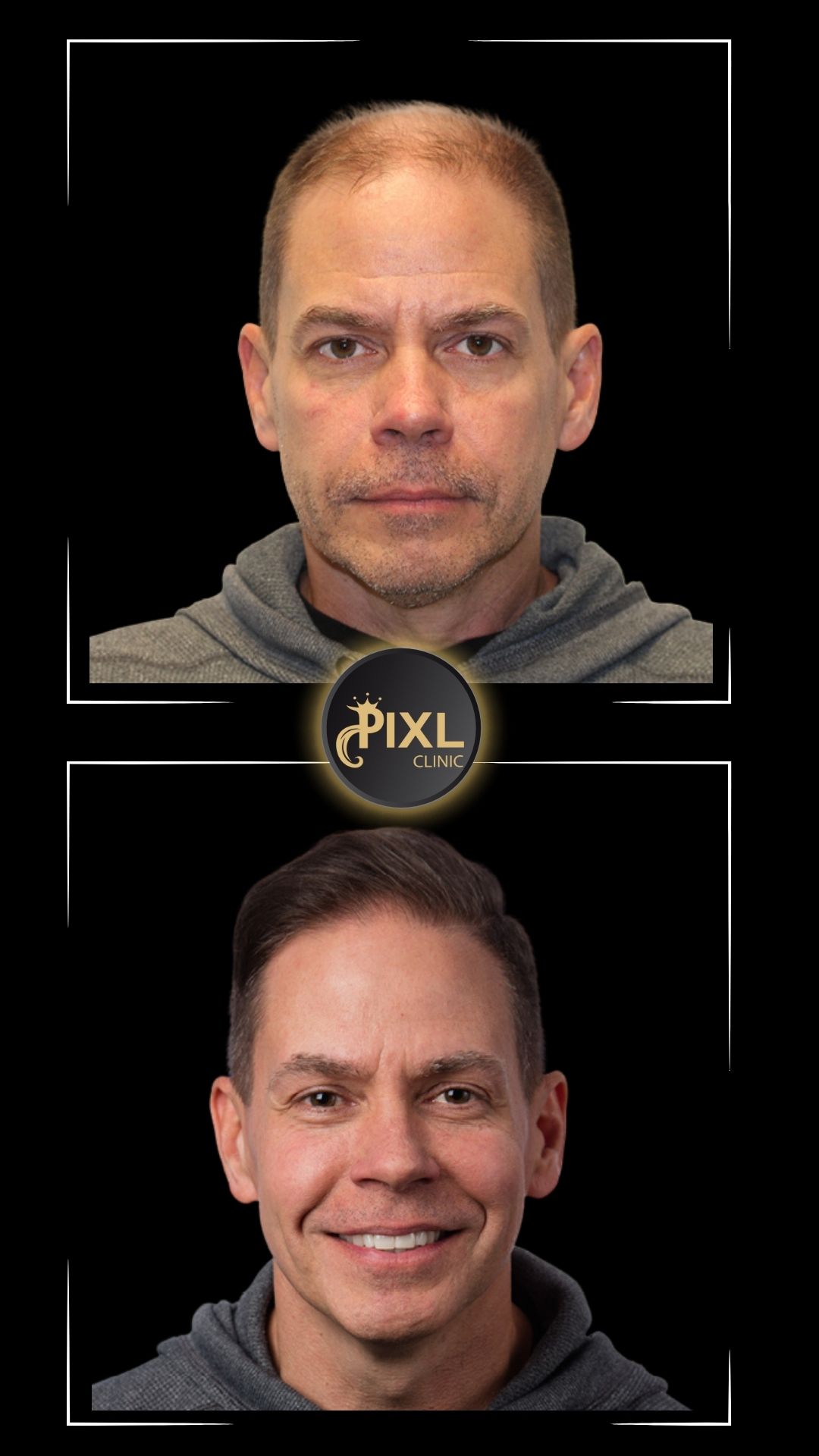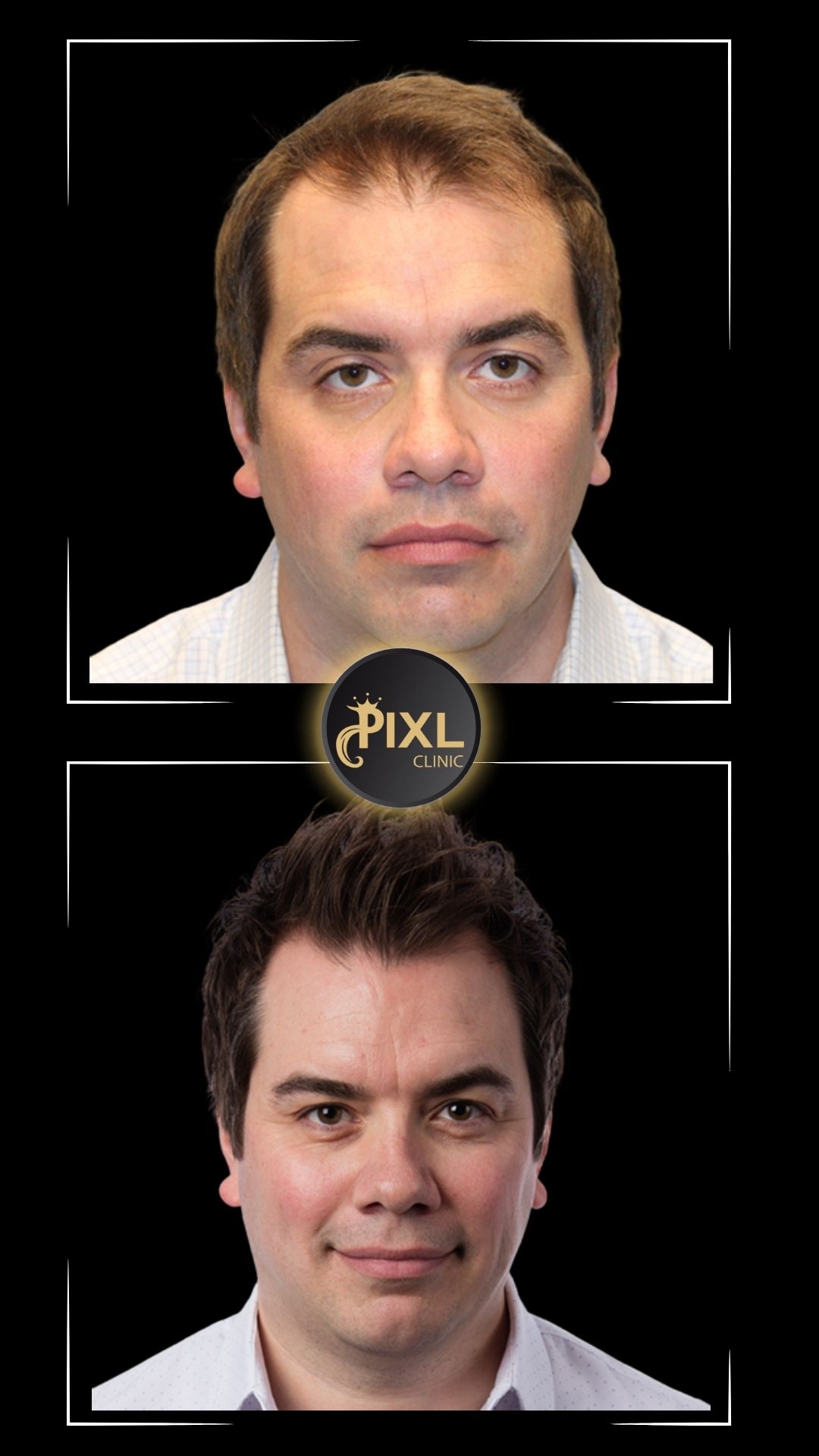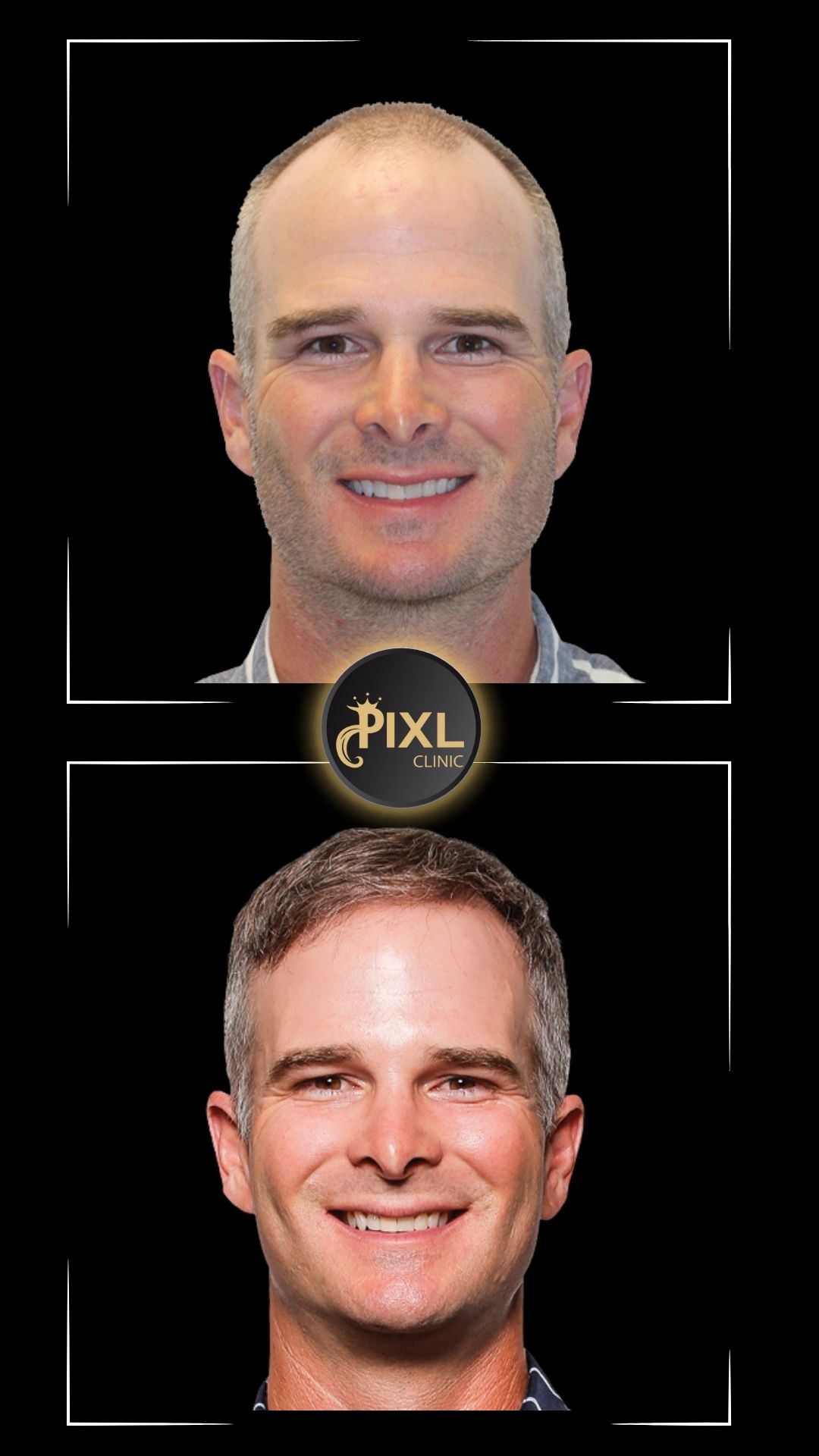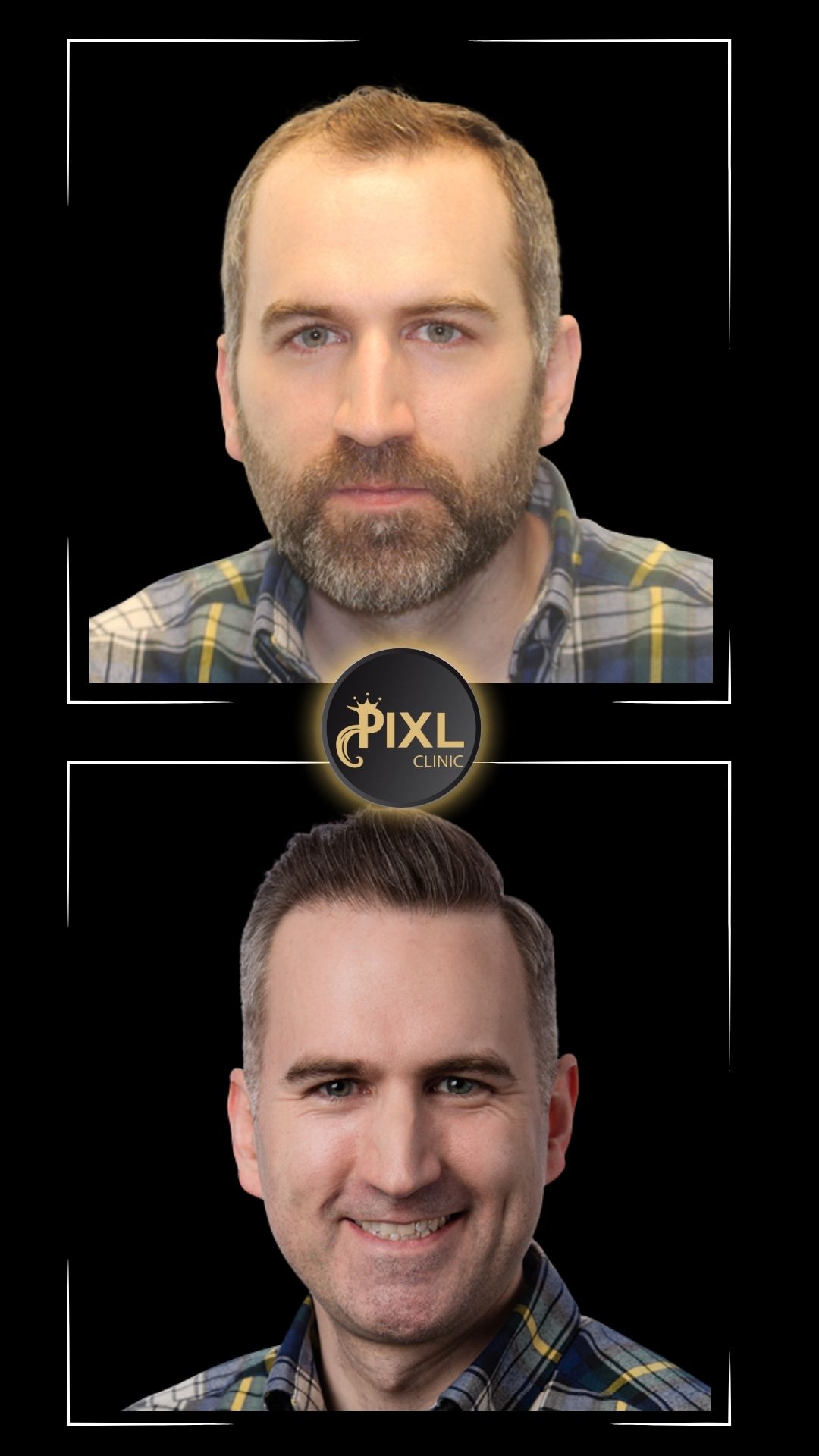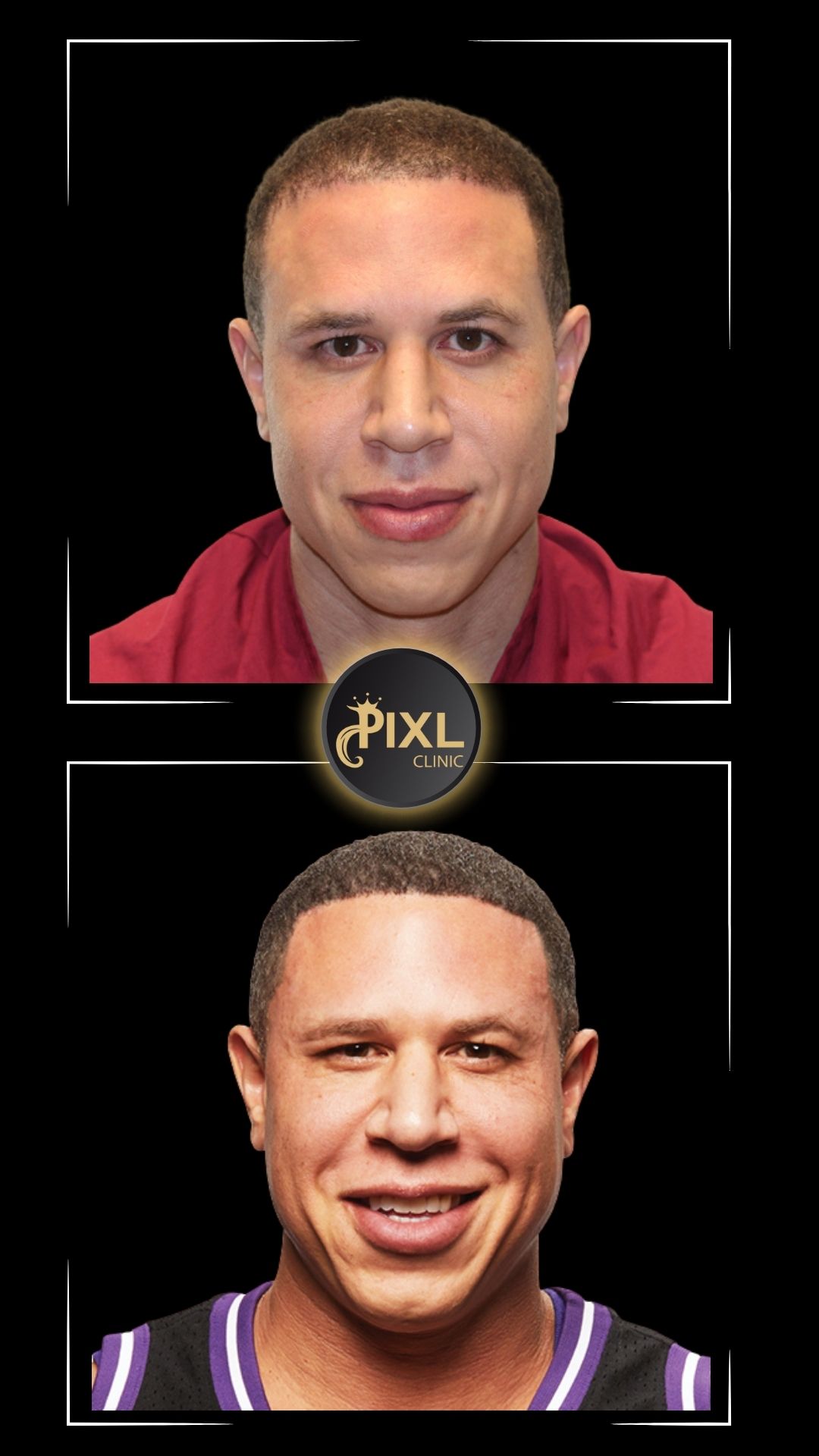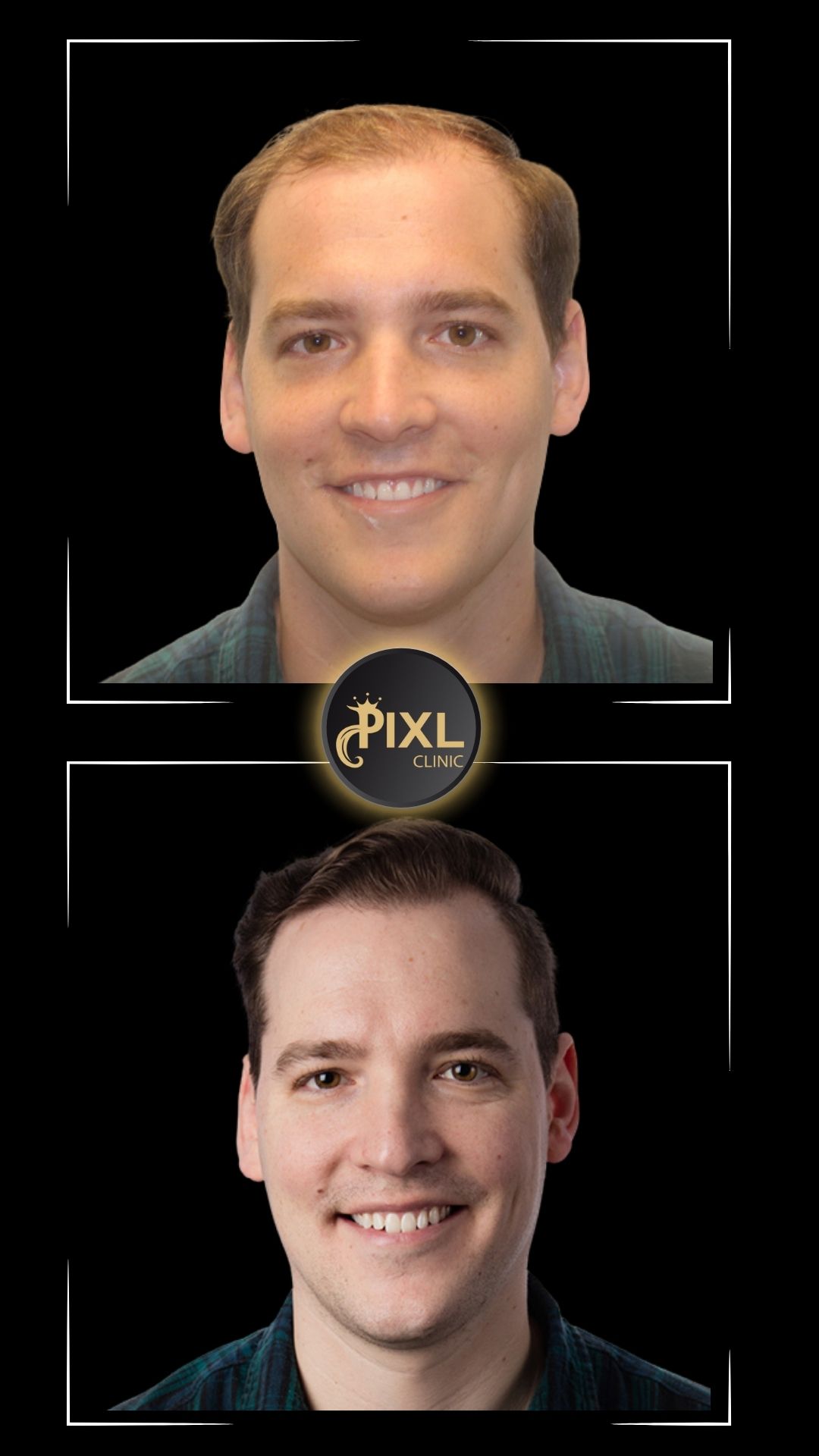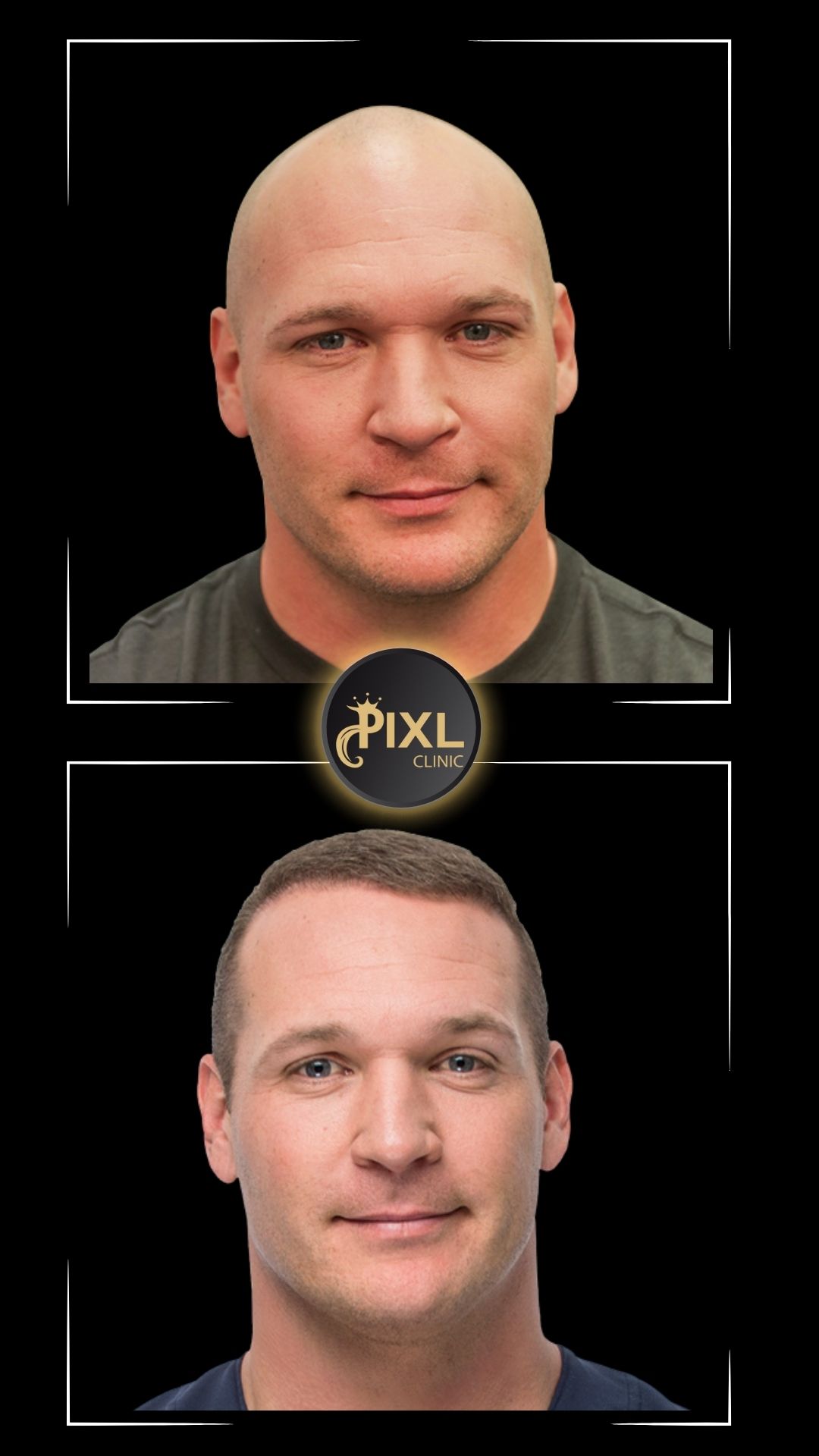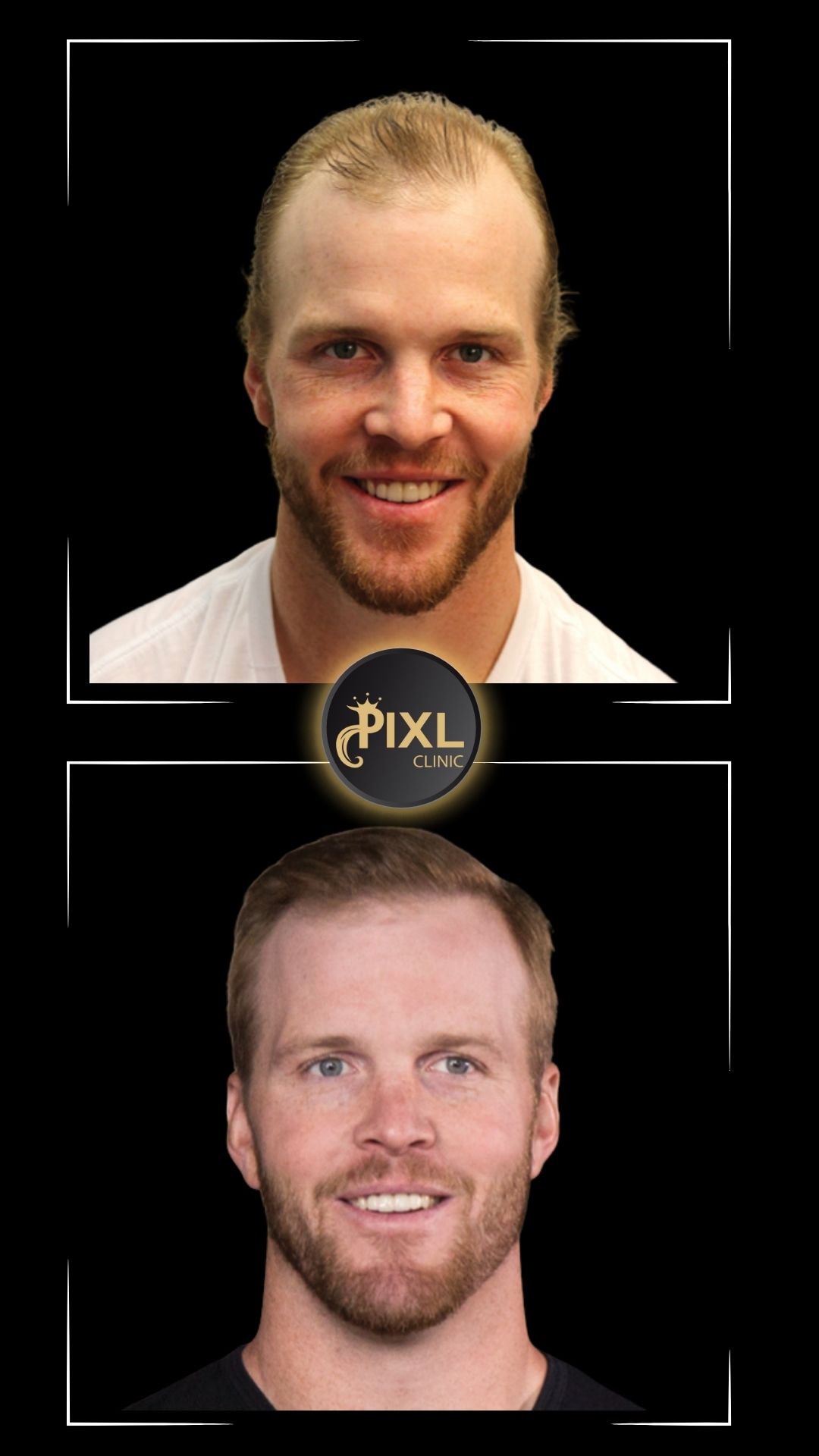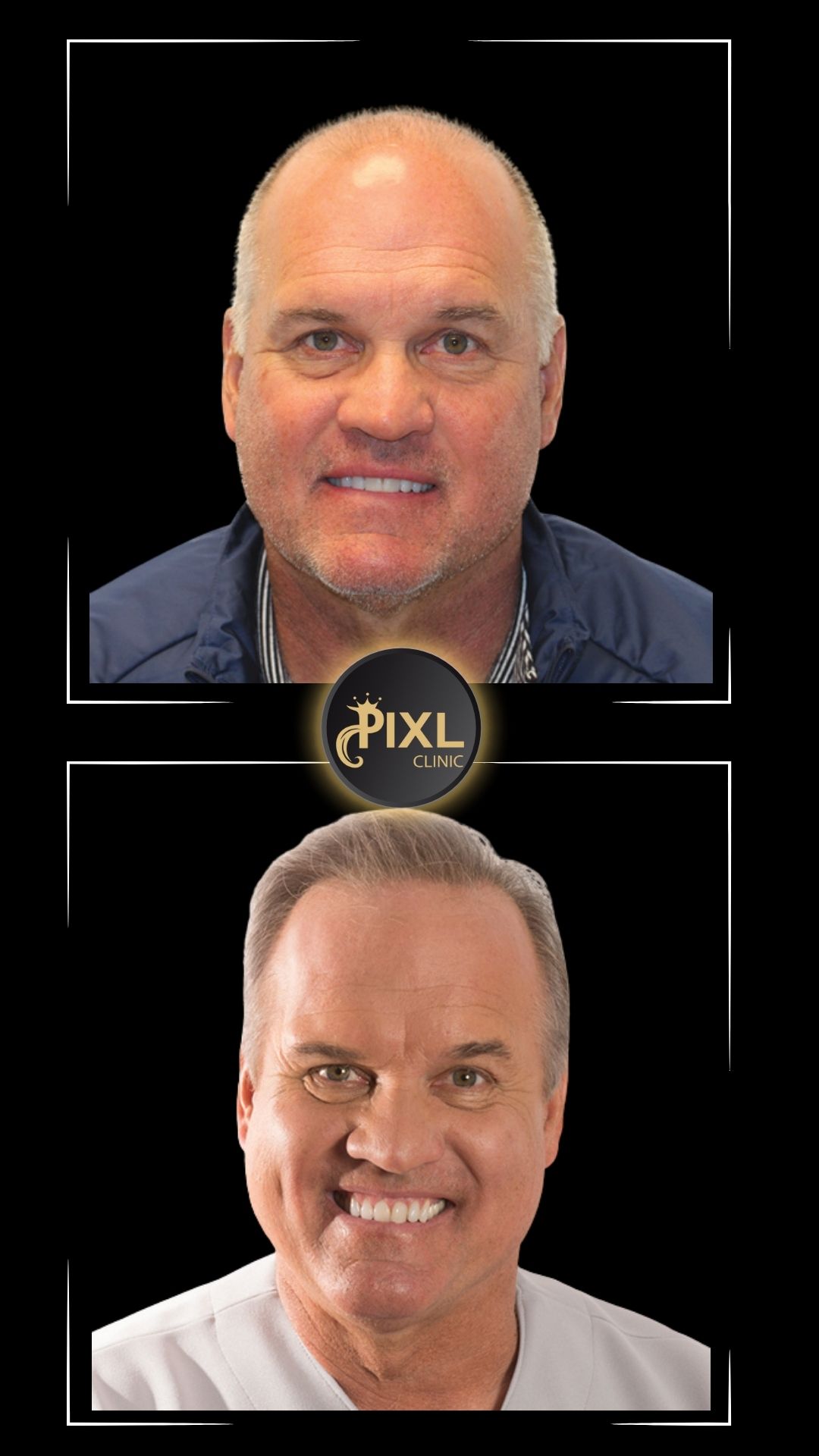Hair Transplant Recipient Area: What You Need to Know
A hair transplant is a transformative procedure designed to restore hair to areas experiencing thinning or baldness. One critical component of the process is the recipient area—the part of the scalp where new hair follicles are transplanted. Understanding how the recipient area is prepared, treated, and cared for is essential to achieving natural and successful results.
What Is the Recipient Area?
The recipient area is the region of the scalp affected by hair loss where transplanted hair follicles are implanted. This area typically includes:
- The Hairline: Restoring a natural and youthful hairline.
- Crown (Vertex): Addressing bald spots at the top or back of the head.
- Thinning Zones: Filling in sparse areas to improve density.
The goal is to achieve a natural, seamless appearance that blends the transplanted hair with the existing hair.
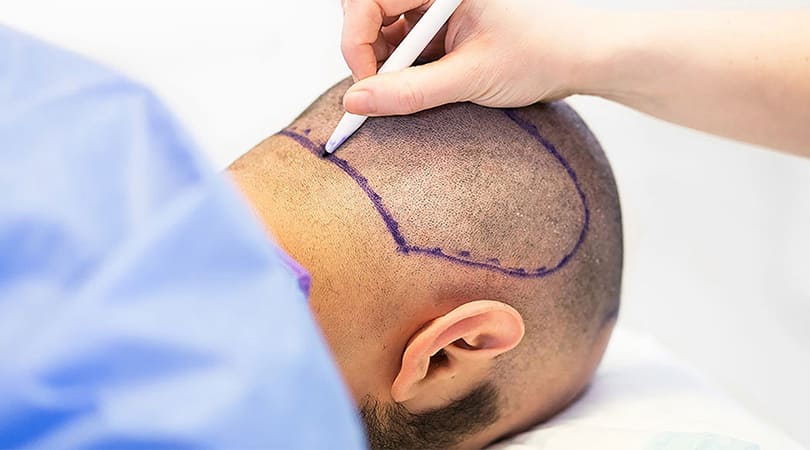
How Is the Recipient Area Prepared?
Customized Planning
Before the procedure, a surgeon works with the patient to design a personalized plan for the recipient area. This includes:
- Determining the hairline shape and placement.
- Planning the density and distribution of grafts.
- Matching the natural direction and angle of hair growth.
Site Preparation
During the procedure, tiny incisions or “recipient sites” are made in the recipient area. These incisions are:
- Precise: To ensure proper angle, depth, and direction of hair growth.
- Strategically Spaced: To achieve optimal density while maintaining a natural look.
The Procedure: Graft Placement in the Recipient Area
Hair follicles, extracted from the donor area (typically the back or sides of the head), are meticulously placed into the recipient sites. The placement process involves:
- Single Follicle Insertion: Each graft is implanted individually to mimic natural hair patterns.
- Artistic Design: The surgeon ensures the grafts are placed to complement the patient’s natural hairline and density.
- Time-Intensive Care: Depending on the number of grafts, the process can take several hours.
Post-Operative Care for the Recipient Area
Caring for the recipient area after a hair transplant is critical to ensuring the success of the procedure and the survival of the transplanted hair follicles.
Immediate Care
- Avoid touching, scratching, or rubbing the recipient area.
- Keep the scalp clean and follow your surgeon’s instructions for gentle washing.
- Expect mild redness, swelling, and scabbing for the first 7-14 days.
Washing Instructions
- Avoid washing your hair for the first 2-3 days.
- Use a gentle, surgeon-recommended shampoo.
- Wash carefully to avoid dislodging grafts.
Physical Activity
- Avoid strenuous activities, heavy lifting, and sweating for at least a week.
- Protect the recipient area from direct sunlight for several weeks.
Healing and Hair Growth in the Recipient Area
Hair growth after a transplant is a gradual process that occurs in stages:
Shedding Phase (Weeks 2-6)
- Transplanted hairs may fall out during the initial weeks. This is a normal part of the process known as “shock loss.”
Dormant Phase (Months 2-4)
- After shedding, the follicles enter a resting phase. Hair growth may not be visible yet, but the follicles are preparing to grow new hair.
Growth Phase (Months 4-12)
- New hair begins to grow. Initially fine, it becomes thicker and fuller over time.
- By 12 months, most patients see significant results, with final density achieved by 12-18 months.
Challenges and Considerations for the Recipient Area
While modern techniques like Follicular Unit Extraction (FUE) and Follicular Unit Transplantation (FUT) have high success rates, some challenges include:
- Initial Uneven Growth: Hair growth may appear patchy at first but evens out over time.
- Sensitivity: The recipient area may be tender or itchy during the healing process.
- Infection Risks: Proper aftercare minimizes the risk of infection or folliculitis (inflammation of hair follicles).
Tips for Optimal Results in the Recipient Area
- Follow Your Surgeon’s Instructions: Adhere to post-operative care guidelines for washing, medications, and activity restrictions.
- Be Patient: Hair growth takes time—results will improve gradually over 12-18 months.
- Protect the Scalp: Avoid sun exposure and harsh hair products during the healing phase.
- Maintain Overall Health: A balanced diet and good scalp hygiene support healthy hair growth.
The recipient area is the focal point of any hair transplant, and its preparation and care play a crucial role in achieving natural-looking results. By understanding the process and committing to proper aftercare, patients can look forward to a restored hairline and renewed confidence.
If you’re considering a hair transplant, consult with an experienced specialist to ensure the best outcome for your recipient area—and your overall appearance.
FAQ: Hair Transplant Recipient Area
What is the recipient area in a hair transplant?
The recipient area is the part of the scalp that receives transplanted hair follicles. It’s typically the region affected by hair thinning or baldness, such as the hairline, crown, or other thinning areas.
How is the recipient area prepared?
The recipient area is prepared by:
- Cleaning and numbing the area with local anesthesia.
- Creating tiny incisions or “recipient sites” using specialized tools. These incisions determine the angle, depth, and direction of hair growth.
How do surgeons ensure natural results in the recipient area?
Surgeons carefully plan the placement of hair grafts to mimic the natural growth pattern, density, and direction of existing hair. This includes:
- Designing a natural-looking hairline.
- Strategically spacing grafts to avoid a “pluggy” or artificial appearance.
- Using single hair follicles for the hairline and multi-hair grafts for areas requiring more density.
What does the recipient area look like immediately after a transplant?
Right after the procedure, the recipient area may appear:
- Red and swollen.
- Covered with tiny scabs around each graft site. These effects are temporary and typically resolve within 1-2 weeks.
Does the recipient area hurt after the procedure?
The recipient area may feel slightly tender or itchy after the transplant, but pain is usually minimal. Surgeons often prescribe mild pain relievers or anti-inflammatory medications if needed.
How long does it take for the recipient area to heal?
- Initial Healing: The recipient area typically heals within 7-14 days, as scabs fall off and redness fades.
- Full Recovery: Complete healing of the scalp and visible growth of new hair can take 12-18 months.
Can I touch the recipient area after the transplant?
It’s essential to avoid touching, rubbing, or scratching the recipient area for the first few weeks to prevent dislodging grafts or causing infection.
When can I wash my hair after a transplant?
Most surgeons recommend waiting 2-3 days before washing your hair. Use a gentle, surgeon-recommended shampoo and follow specific washing instructions to protect the grafts.
What is “shock loss” in the recipient area?
Shock loss refers to the temporary shedding of transplanted hair in the recipient area, which typically occurs within the first 2-6 weeks after the procedure. This is a normal part of the hair growth cycle, and new hair will grow back stronger and healthier.
When will I see new hair growth in the recipient area?
New hair growth begins 3-4 months after the procedure, with significant improvement visible by 6 months. Full results, including maximum density, are usually achieved within 12-18 months.
What should I avoid during the healing process?
To protect the recipient area, avoid:
- Scratching or rubbing the scalp.
- Heavy physical activities or sweating for at least a week.
- Direct sun exposure for several weeks.
- Harsh hair products or treatments.
Can the recipient area reject transplanted hair?
Rejection of transplanted hair is rare. Most grafts survive and integrate well, provided the surgeon uses proper techniques and the patient follows aftercare instructions.
How many grafts can be transplanted to the recipient area in one session?
The number of grafts depends on the size of the recipient area, the availability of donor hair, and the chosen technique. On average:
- Smaller sessions involve 1,500-2,000 grafts.
- Larger sessions can transplant 3,000-4,000 grafts or more.
Will the transplanted hair in the recipient area look natural?
Yes, modern techniques like FUE (Follicular Unit Extraction) and FUT (Follicular Unit Transplantation) ensure that transplanted hair blends seamlessly with your natural hair.
Can I style my hair in the recipient area after a transplant?
Once the transplanted hair starts growing (after 3-4 months), you can style, cut, and treat it just like your natural hair. Avoid using harsh chemicals or treatments until fully healed.
What if I need more density in the recipient area?
If additional density is desired, you can undergo a second transplant once the recipient area is fully healed (usually after 12-18 months).
Are there risks associated with the recipient area?
While risks are minimal, potential issues include:
- Infection or folliculitis (inflammation of hair follicles).
- Uneven growth or patchiness (often temporary).
- Poor healing if aftercare instructions are not followed.
How can I ensure the best results in the recipient area?
- Choose an experienced surgeon with a track record of successful transplants.
- Follow all post-operative care instructions.
- Maintain a healthy lifestyle to support hair growth.
Does the recipient area require long-term maintenance?
Once the transplanted hair grows in, it doesn’t require special maintenance beyond normal hair care routines. The new hair is permanent and grows naturally.

